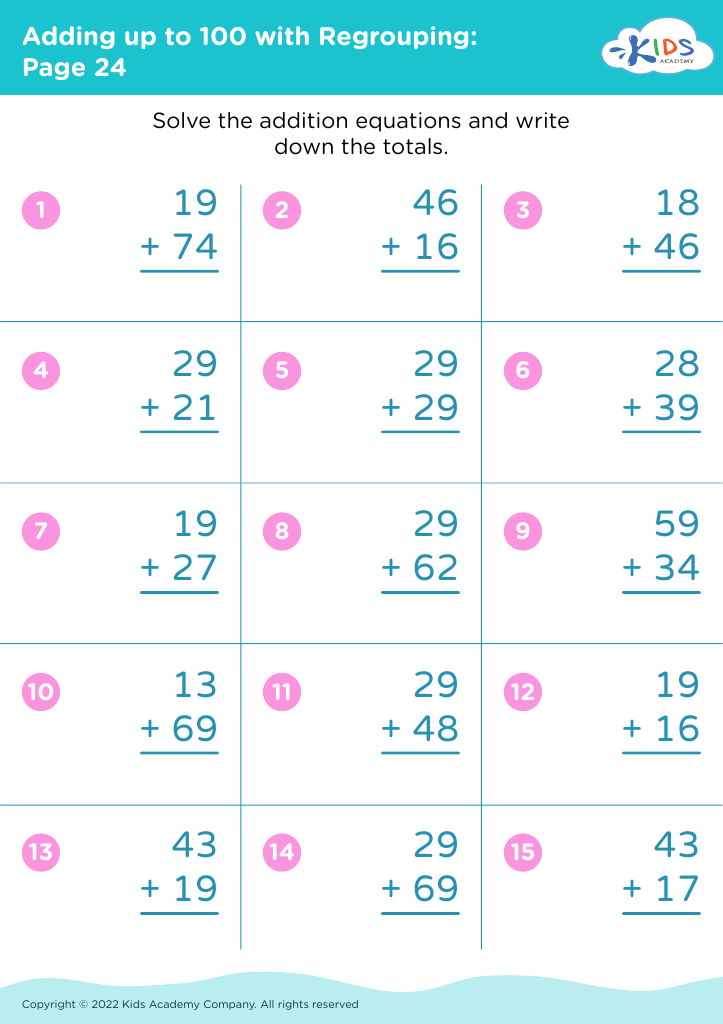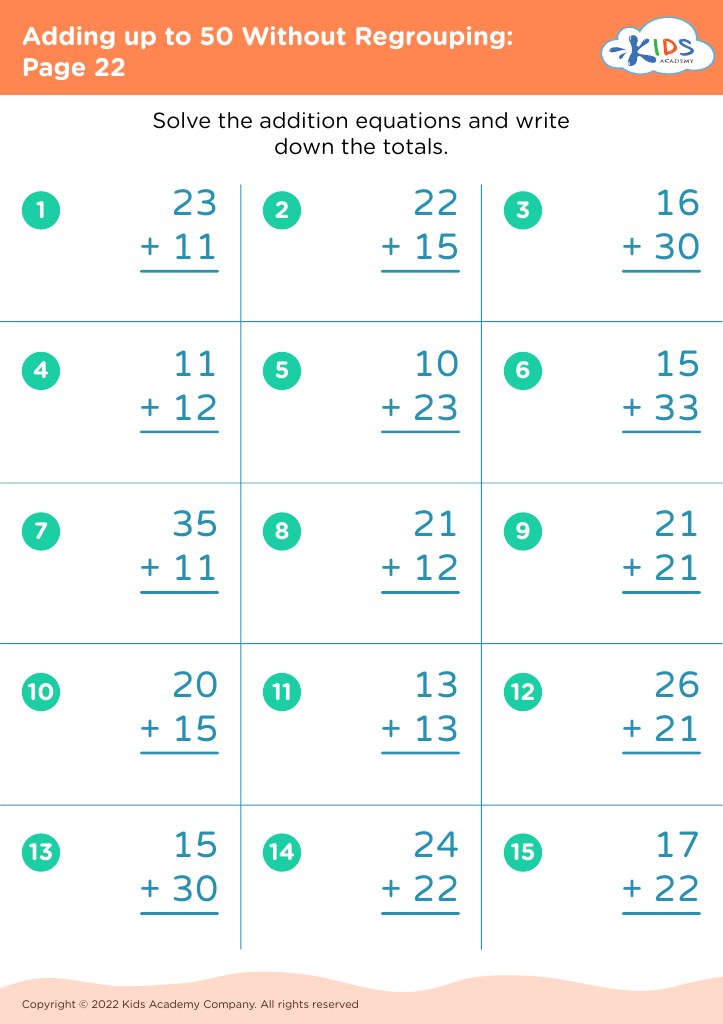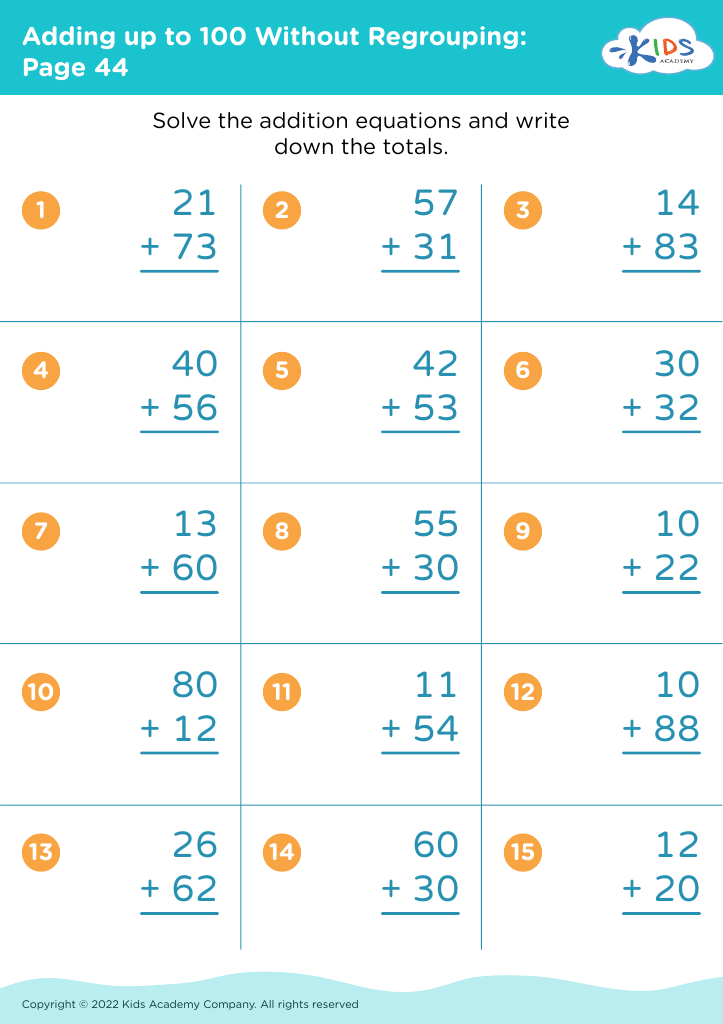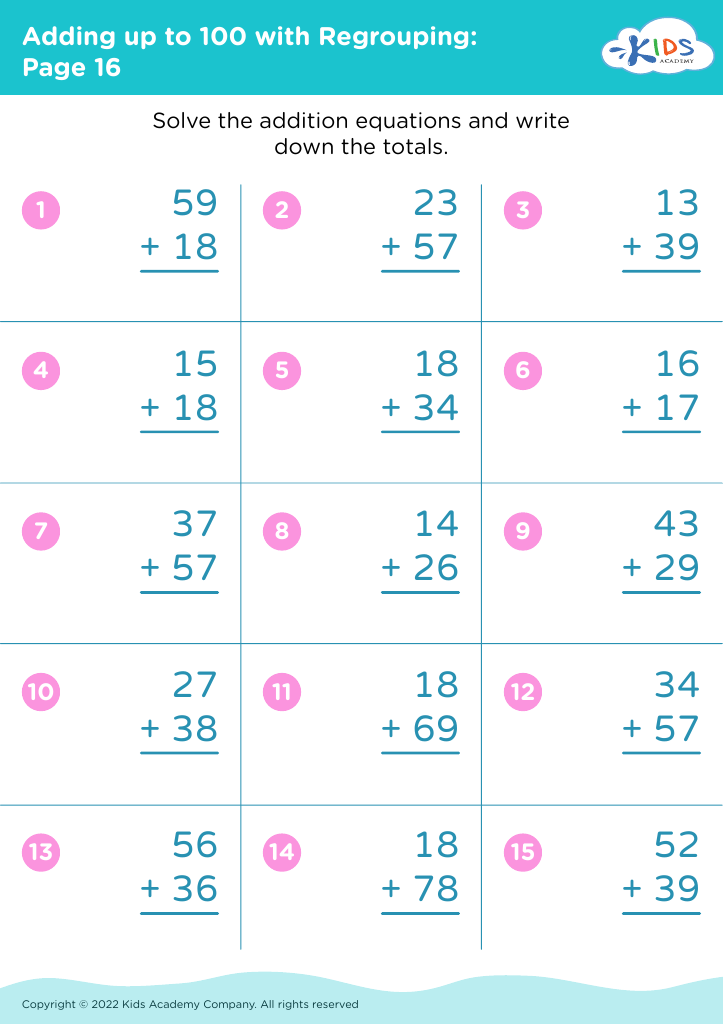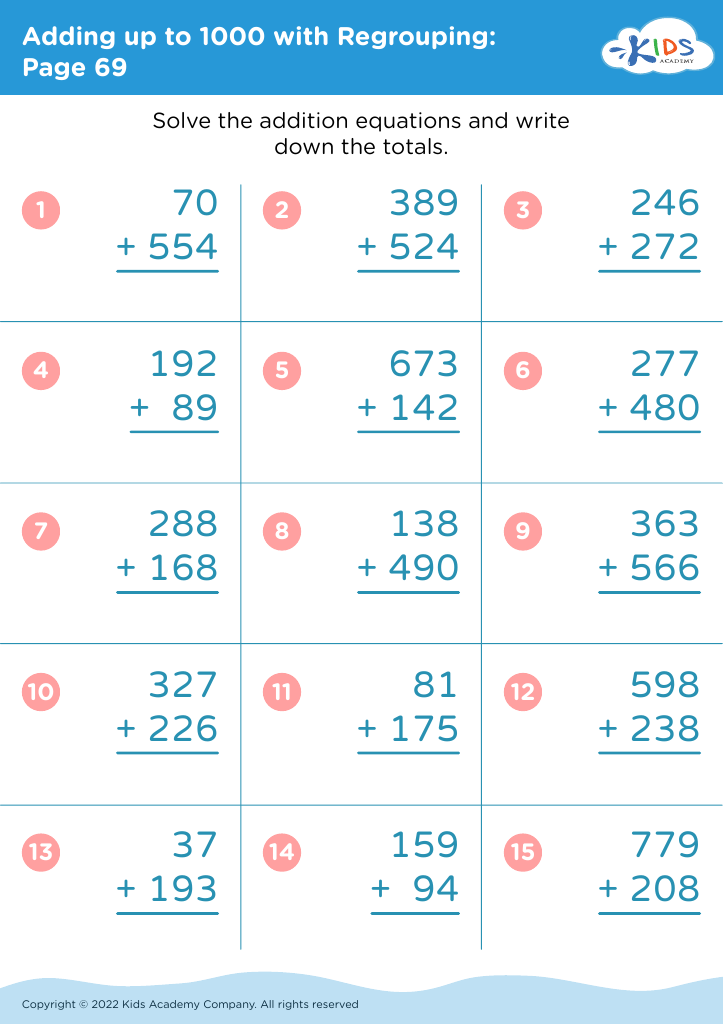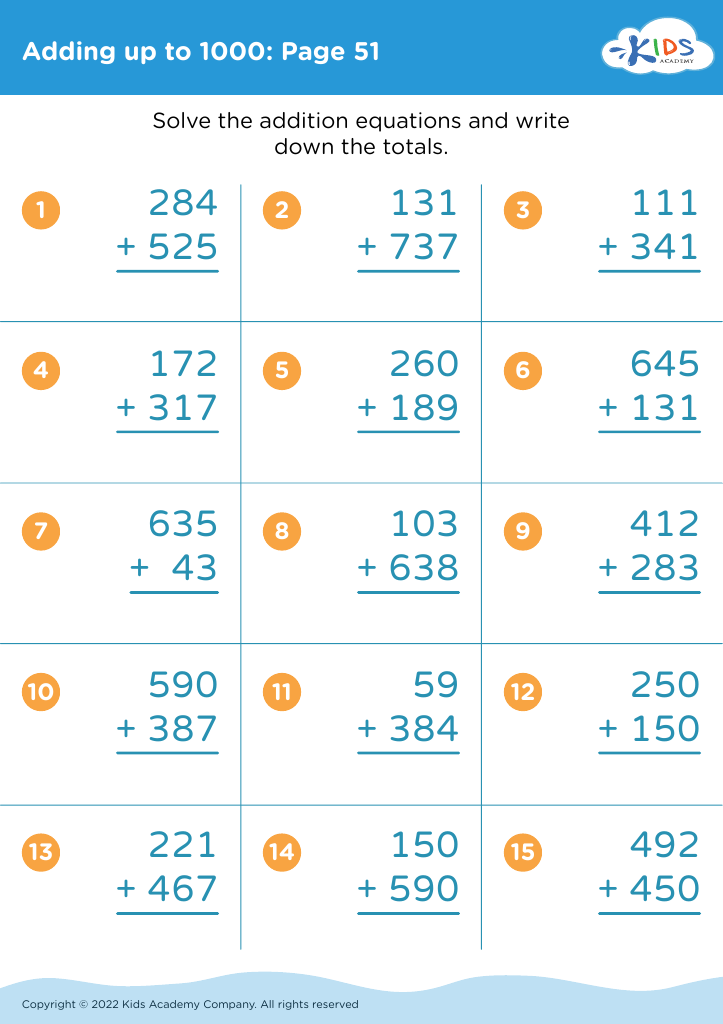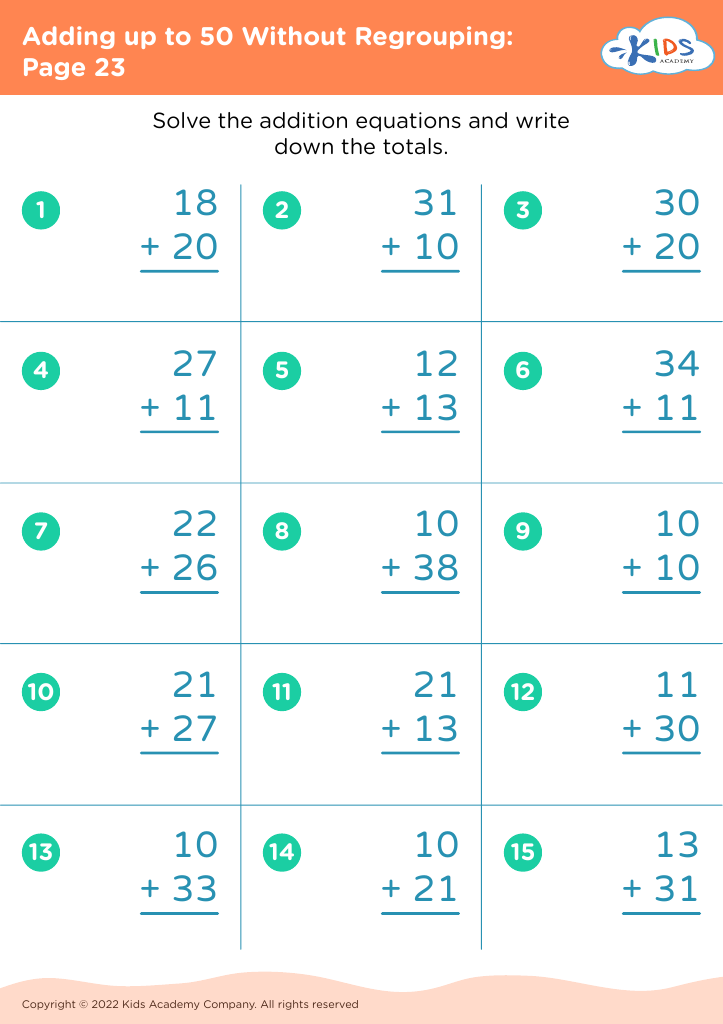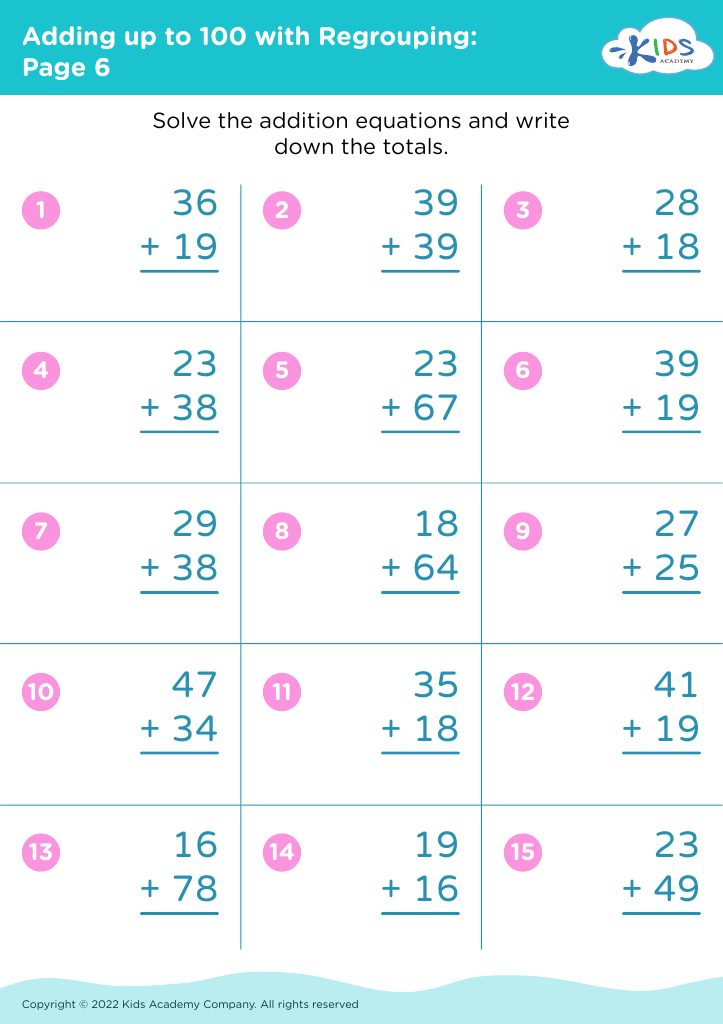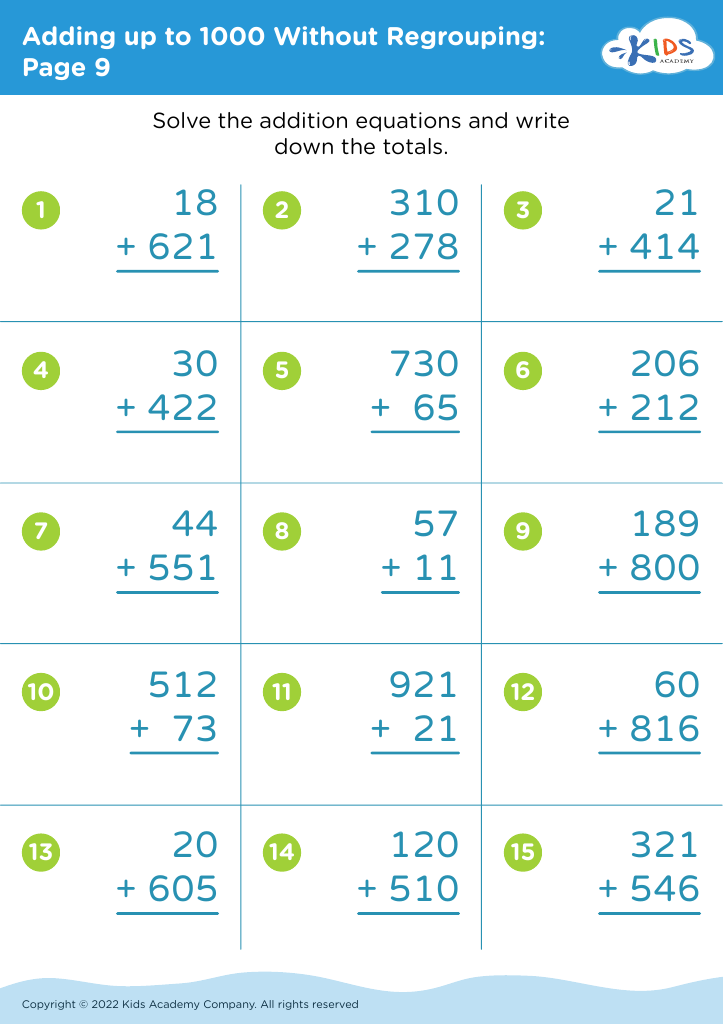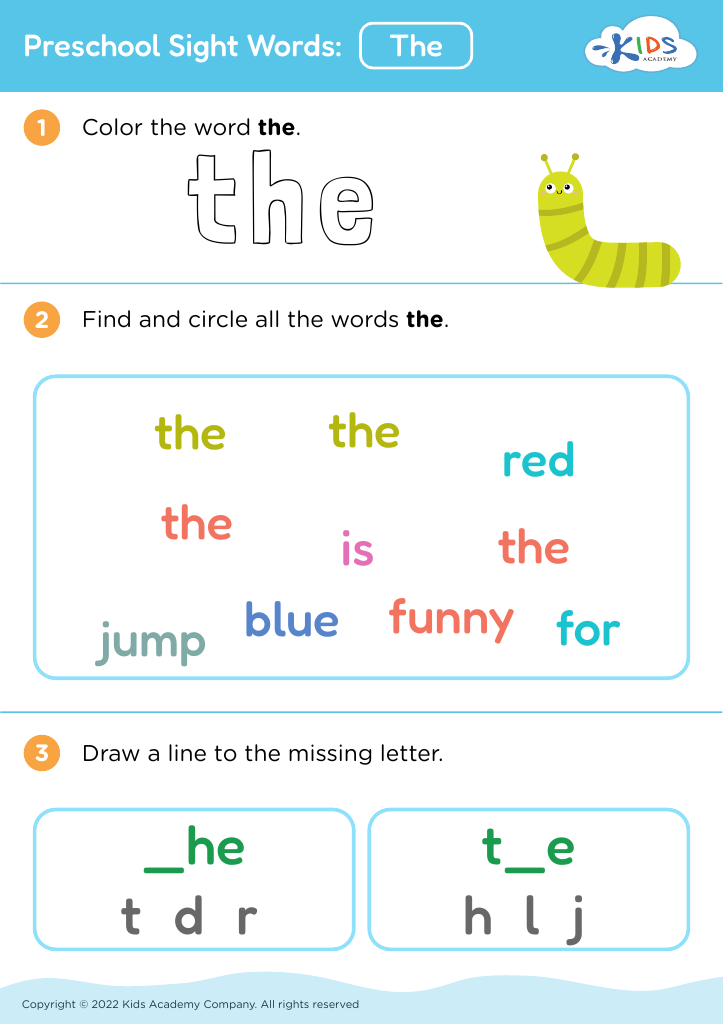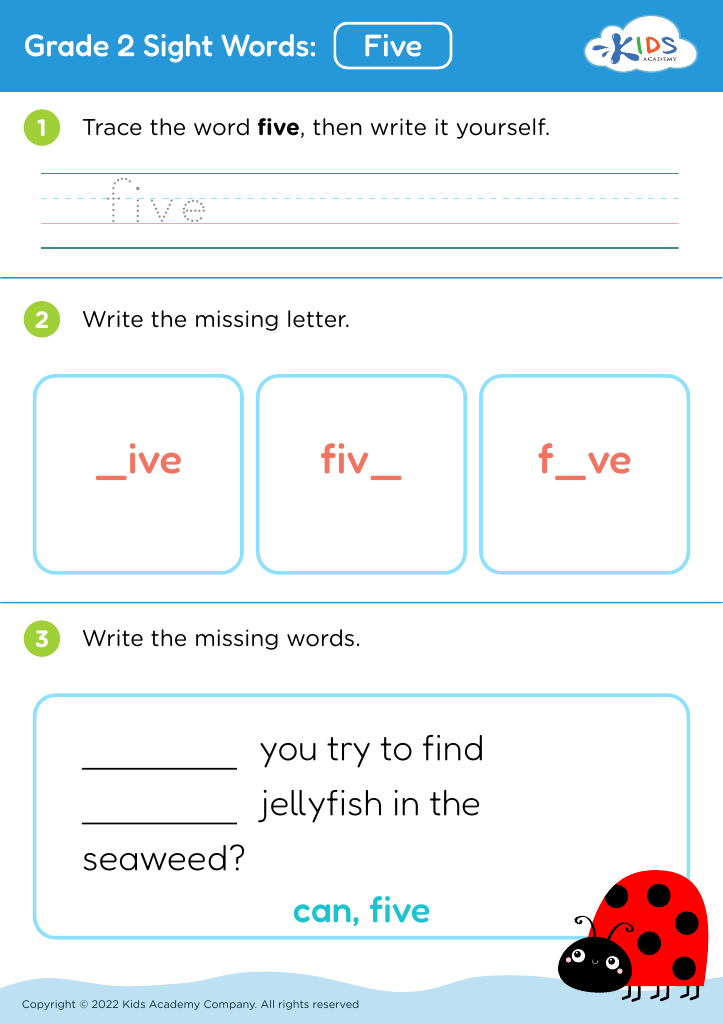Identify shapes Worksheets for Ages 3-7
13 filtered results
-
From - To
Explore our engaging Identify Shapes Worksheets designed for children aged 3-7! These captivating, educational sheets help young learners recognize and name different shapes while enhancing their fine motor skills, hand-eye coordination, and visual perception. Our bright and cheerful designs transform learning into an enjoyable experience, ensuring kids remain curious and motivated. These expertly crafted resources are perfect for parents, teachers, and caregivers aiming to provide essential early childhood skills in a playful, stress-free manner. Dive into a world of learning and shapes with us today, and watch your child build a solid foundation for future academic success!
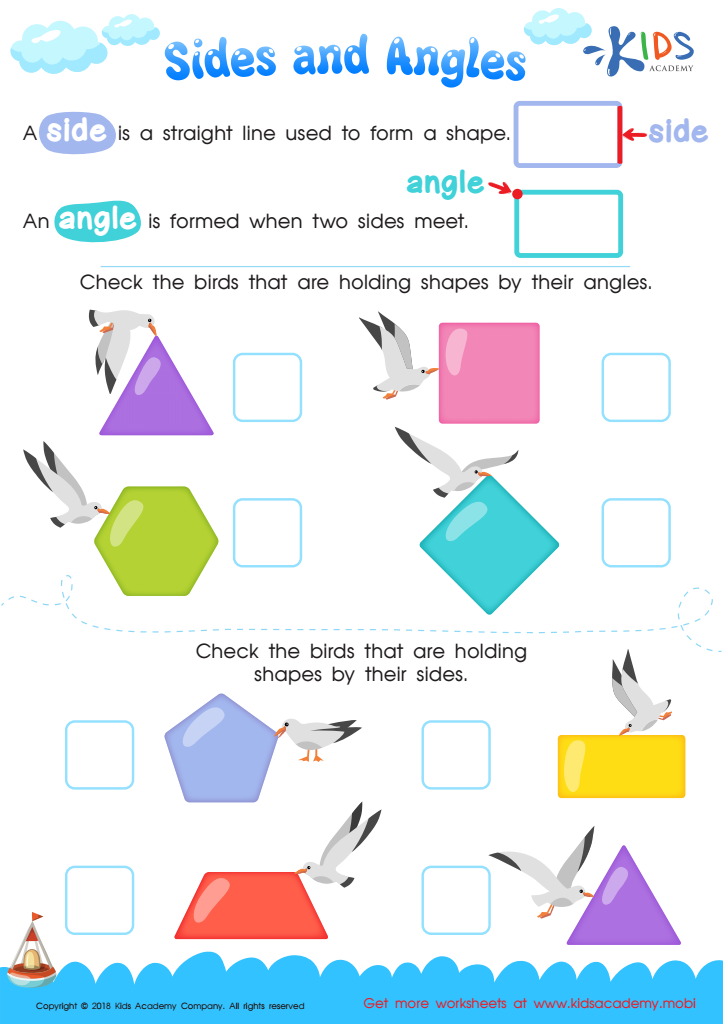

Sides and Angles Worksheet
Identifying shapes at an early age (3-7 years) is fundamental in a child’s cognitive and spatial development. Recognizing shapes is the precursor to more advanced mathematical concepts, such as geometry. By naming and distinguishing between circles, squares, triangles and other shapes, children sharpen their observational skills and attention to detail. Moreover, shapes form the basis of letter recognition, critical for early literacy. For example, understanding that the letter 'O' is a circle and the letter ‘A’ is made of triangles aids in reading and writing readiness.
Moreover, shape recognition helps in developing problem-solving skills. When children play with puzzles or construct objects with blocks, they learn to see how shapes fit together, thereby enhancing their critical thinking abilities. This spatial awareness is crucial not just for math, but also for everyday tasks like organizing objects or understanding maps.
Additionally, identifying shapes lays the groundwork for pattern recognition, contributing to logical thinking and sequential reasoning. This foundational skill also promotes creativity—think of a young artist manipulating circles, triangles, and squares to create vibrant pictures.
Therefore, parents and teachers should prioritize teaching shapes, as it profoundly impacts a child’s holistic educational development, from reading to mathematics, and even the arts.
 Assign to My Students
Assign to My Students

